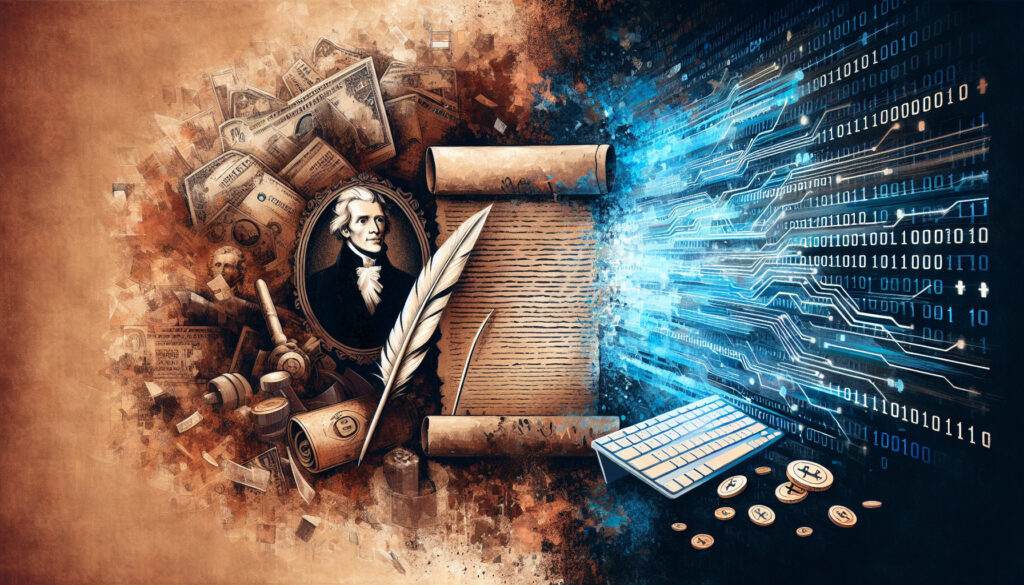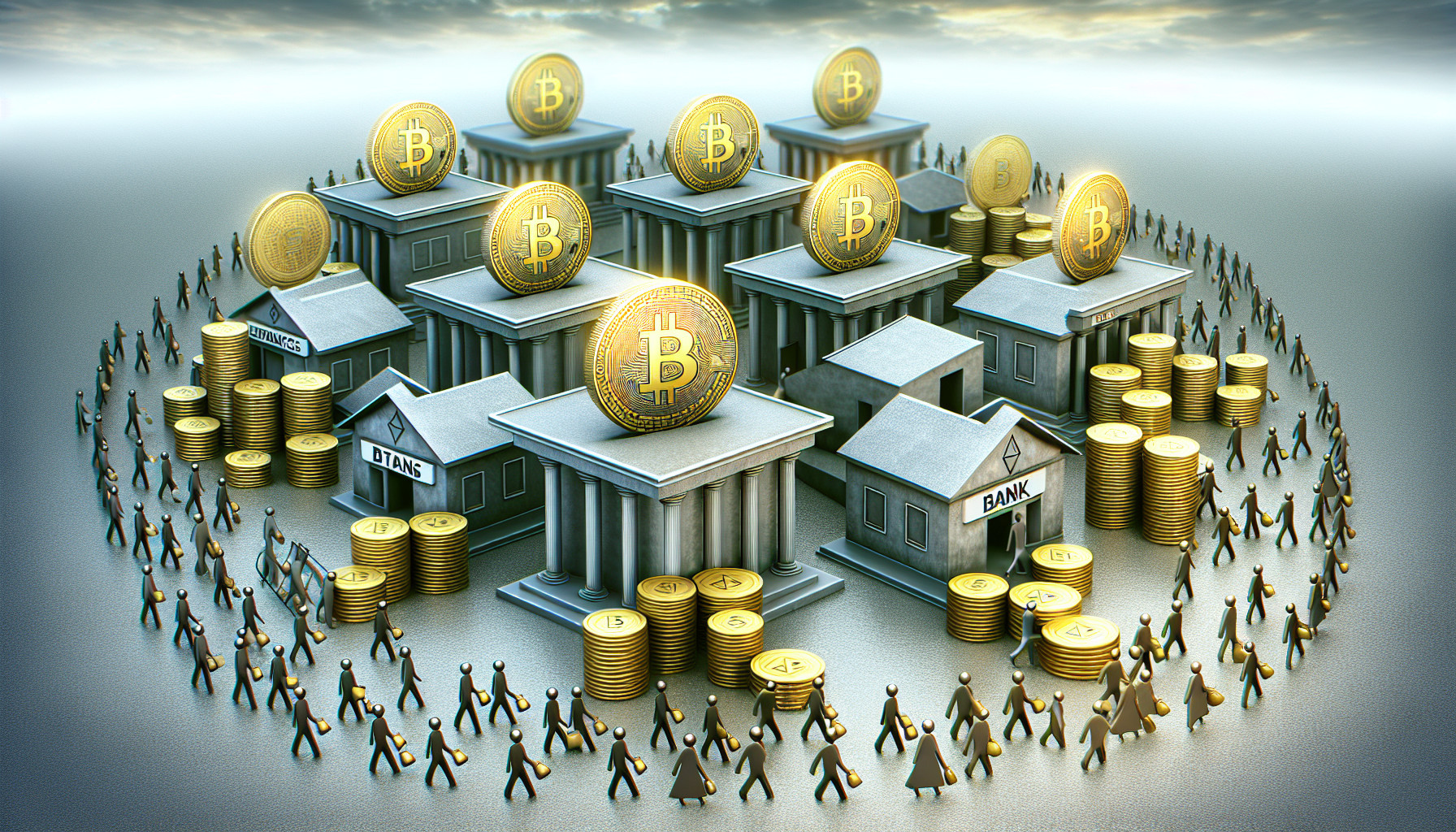From Jackson’s Veto to Trump’s Stablecoins: Is America Recreating Free Banking in Code?

In 1832, President Andrew Jackson used the veto pen to shut down what functioned as America’s central bank. He refused to renew the charter of the Second Bank of the United States, arguing its authorities were “not only unnecessary, but dangerous to the government and the country.” Concentrating financial might in the hands of a small, unelected group, Jackson warned, risked “great evils” and even the power to “influence elections or control the affairs of the nation.” Nearly two centuries later, that deep suspicion of centralized monetary authority has re-emerged in the Trump era. The current occupant of the White House is not trying to abolish the Federal Reserve outright. Instead, he has sought to bend it to his will by nominating sympathetic officials who would align interest rates and financial oversight with his policy preferences, curbing what he sees as an overly independent central bank.
• Trump vs the Fed: Why politicizing monetary policy could rattle the global economy
The Jackson–Trump analogy, however, only goes so far. The Second Bank was not today’s Federal Reserve. It both issued money and lent directly into the “real” economy—funding merchants, manufacturers, and broader commercial activity—whereas modern central banks largely lend to financial institutions and operate through the banking system. The more revealing historical parallel lies in what followed Jackson’s victory. Once the Second Bank vanished, the U.S. drifted into the “free banking” era, stretching from the 1830s until the Civil War. In that period, private state-chartered banks proliferated, each printing its own banknotes—often labeled “dollars”—and promising convertibility into gold and silver. There was no central issuer of currency and no nationwide lender of last resort. “Wildcat” banks sprang up, trust was uneven, and a note from one institution did not necessarily trade at par with a note from another. The result was recurring instability, frequent runs, and an uneven, fragmented monetary system.
Is the United States inching back toward a version of that uncoordinated landscape? One eminent economic historian believes that Washington’s embrace of stablecoins points in precisely that direction—toward a world where “money” may not mean what people assume it means.
• Irwin Stelzer: Trump might cow the Fed but still bow to the bond vigilantes
Barry Eichengreen, a Berkeley professor known for definitive studies of the interwar gold standard and financial crises, argues that privately issued stablecoins could recreate Jackson-era chaos in digital form. In his view, if banks, retailers, or tech giants are allowed to mint dollar-referenced tokens at scale, the U.S. risks reviving the very fragmentation policymakers once labored to eliminate.
Stablecoins are designed to maintain a steady value—typically one-to-one with a major currency such as the U.S. dollar—by holding reserves like cash and U.S. Treasury securities. The Trump administration, through its recently enacted Genius Act, aims to encourage the private issuance of dollar-backed stablecoins, provided issuers can demonstrate sufficient, high-quality assets to honor redemptions. Unlike volatile cryptocurrencies such as bitcoin, stablecoins are engineered for price stability, making them appealing as a medium of exchange and as rails for fast, low-cost digital payments, especially across borders and outside traditional banking hours.
Yet Eichengreen and institutions like the Bank for International Settlements warn that a proliferation of private stablecoins challenges the “singleness” of money—the principle that one dollar should be readily interchangeable for another dollar, regardless of whether it’s cash, a commercial bank deposit, or a tokenized claim. If various stablecoins diverge in quality, transparency, or legal protections, their prices could decouple under stress. And should a major issuer—perhaps a household-name platform such as a social media or e-commerce giant—fail to honor its peg, political pressure could build for the government to intervene, putting taxpayers on the hook for de facto deposit insurance in a parallel private money system.
• Stablecoins vs central banks: How tokenized dollars could reshape the monetary order
• Ian King: UK’s hesitant stance on stablecoins is testing the patience of fintechs
As Eichengreen put it in remarks to Goldman Sachs, weak or uneven oversight would leave the U.S. “at best” with a landscape of multiple stablecoins, each worth slightly different amounts, and “at worst” with a destabilizing crisis that could reverberate through markets and the real economy. His concerns, once common among central bankers, now sound almost prophetic as governments pivot from skepticism to cautious embrace. What was recently dismissed as a speculative sideshow is increasingly treated as a potentially transformative payments technology.
The Bank of England is emblematic of this shift. Governor Andrew Bailey has eased his earlier resistance, calling stablecoins an “exciting innovation” and urging the UK to be out in front of crafting guardrails that allow benefits while minimizing systemic risks. Deputy Governor Sarah Breeden has floated the idea of a “multi‑money” ecosystem in which carefully regulated stable



